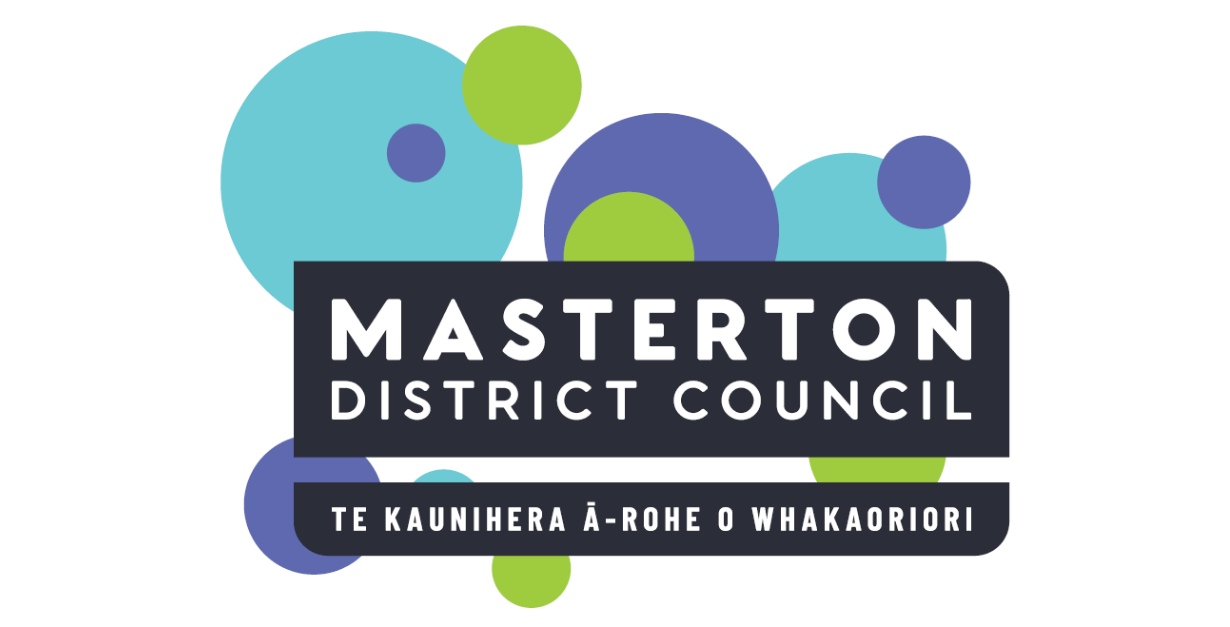After a year of dramatic ups and downs, the Masterton community was eager to get back into their normal routine. W Taylor advertised the opening of the 1919 season to be in late March and would continue to be open every evening. New skates had arrived, and the floor and instructors were ready to welcome all regular and new rinkers. Business continued as usual until a notice was placed in the Wairarapa Age on 13th June. The Board of Managers of the Masterton Technical School had decided to take over the Dixon Street skating rink and fit it out as a machinery workshop. A skating carnival was quickly put together to see out the season, and the end of the month saw prizes, costumes and races as a final hurrah to the rink.
July 1919 saw Masterton’s Peace Parade, a visual display and the coming together of townspeople to celebrate and remember those they had lost.
With no building on offer, the fad of skating passed. A year after the closure of the Dixon Street skating rink, an article in the Wairarapa Age talked of the sport in Palmerston North but concluded “This pastime is hopelessly dead in Masterton”. The author was correct, and the next rink wasn’t to open for another seven years.
After the formation of the Wairarapa Electric Power Board in 1923, electricity arrived in Masterton so that lighting rooms (and skating rinks) became a much easier task.
In 1927, there was a short spurt of activity when the Central Arcade Hall was secured as a rink for use every evening except Saturdays. The town must not have been ready for skating to return, as the rink did not last long.
The early 1930s saw New Zealand, along with the rest of the world, caught up in The Great Depression. In May 1931, right in the midst of it, a new rink was to be opened in Foresters Hall by Fielding and Co. Skaters were offered six sessions over three nights a week, and it seems as if people were still able to afford the charges even with the mass unemployment observed by so many. Private party hire was available as well as private lessons, and the act of skating was presented as “… deportment on skates. The most graceful sport in the world.” It was not long before the traditional skating carnival was advertised for. Prizes were on offer for the best dressed and many novelty events were promised. It was at this stage that the advertisements started naming the location as Olympic Rink, Foresters Hall, but there were no skating sports included in the Olympics for many more decades.
By July of 1931, the nights on offer had dropped to four sessions over two evenings, possibly due to a lack of steady income for many of the usual participants. In September, there was a great race held at the Featherston Town Hall – the Wairarapa Challenge Cup, in which every rink in the Wairarapa District had a team competing. Masterton came out on top, and the trophy was to be on display until another team could beat them.
1932 saw skating flourish in Masterton again. The Foresters Hall reopened in early March for two sessions a day, with the Saturday sessions running until midnight. The hall itself had been renovated and the floor extended. A rail was added along the edge of the rink for beginners to grip on to, and the opening night saw a special demonstration by Mr Coleman, who had been appointed as rink manager. It was only a few weeks before roller hockey was included in the programme. Every Wednesday was reserved for the sport, and by mid-April the first inter-town game was on offer.
The early enthusiasm appeared to wane rather quickly. From two sessions every day at the beginning of the season, two months later the prices had been reduced by up to half and the sessions were reduced to four days a week. A tagline had been added into the advertisements “For health sake, learn to skate. If you walk, you can skate” [sic]. This may have been a last-ditch effort to revive the failing business during the Great Depression.
